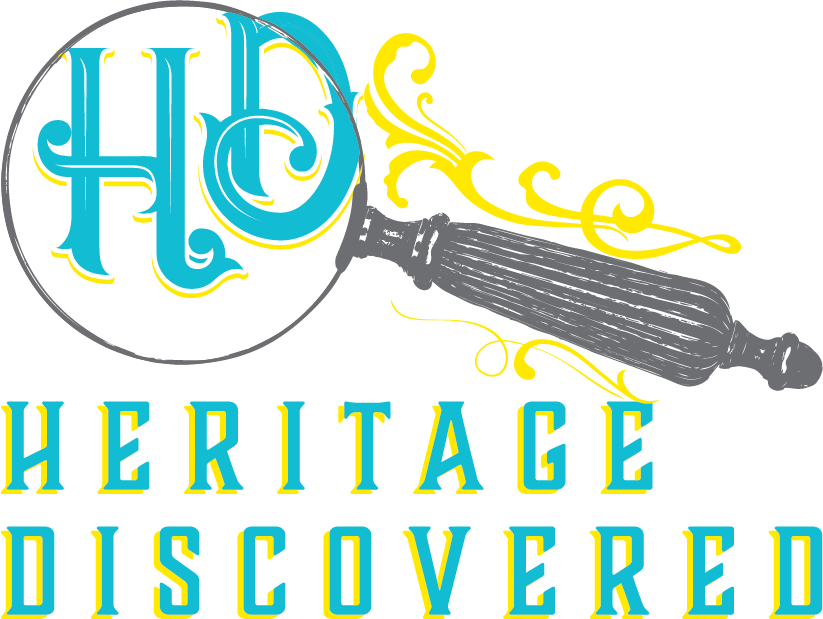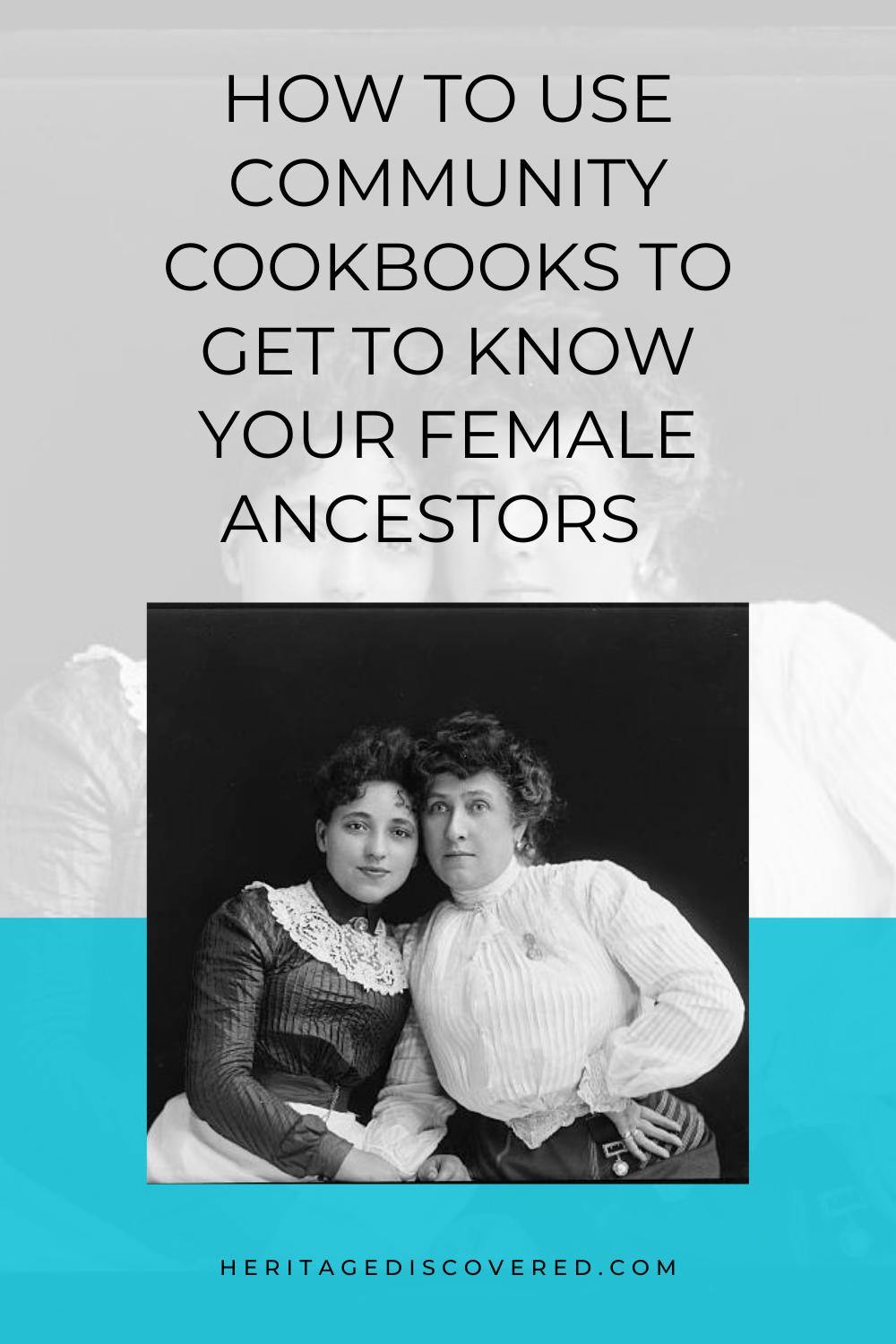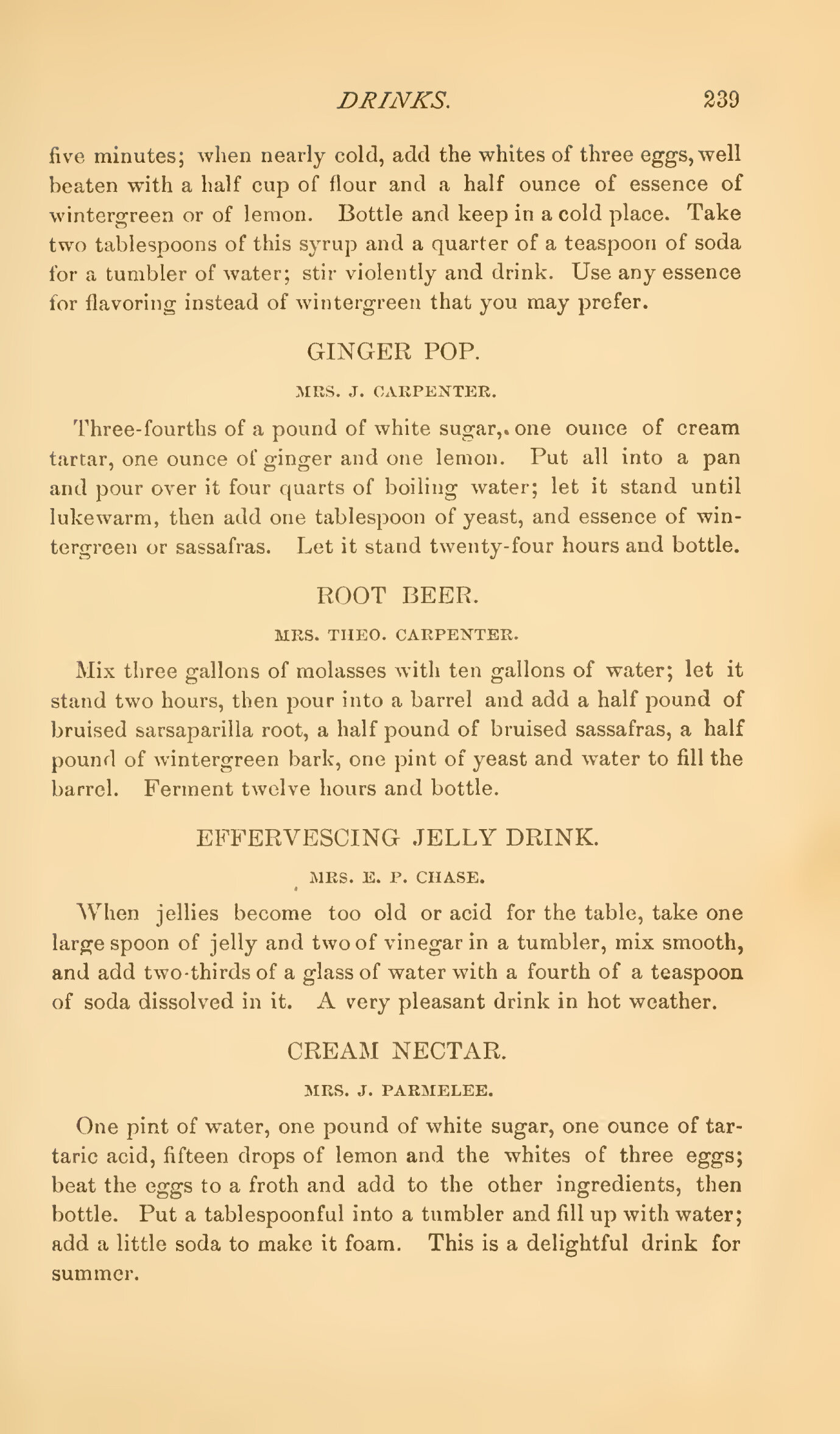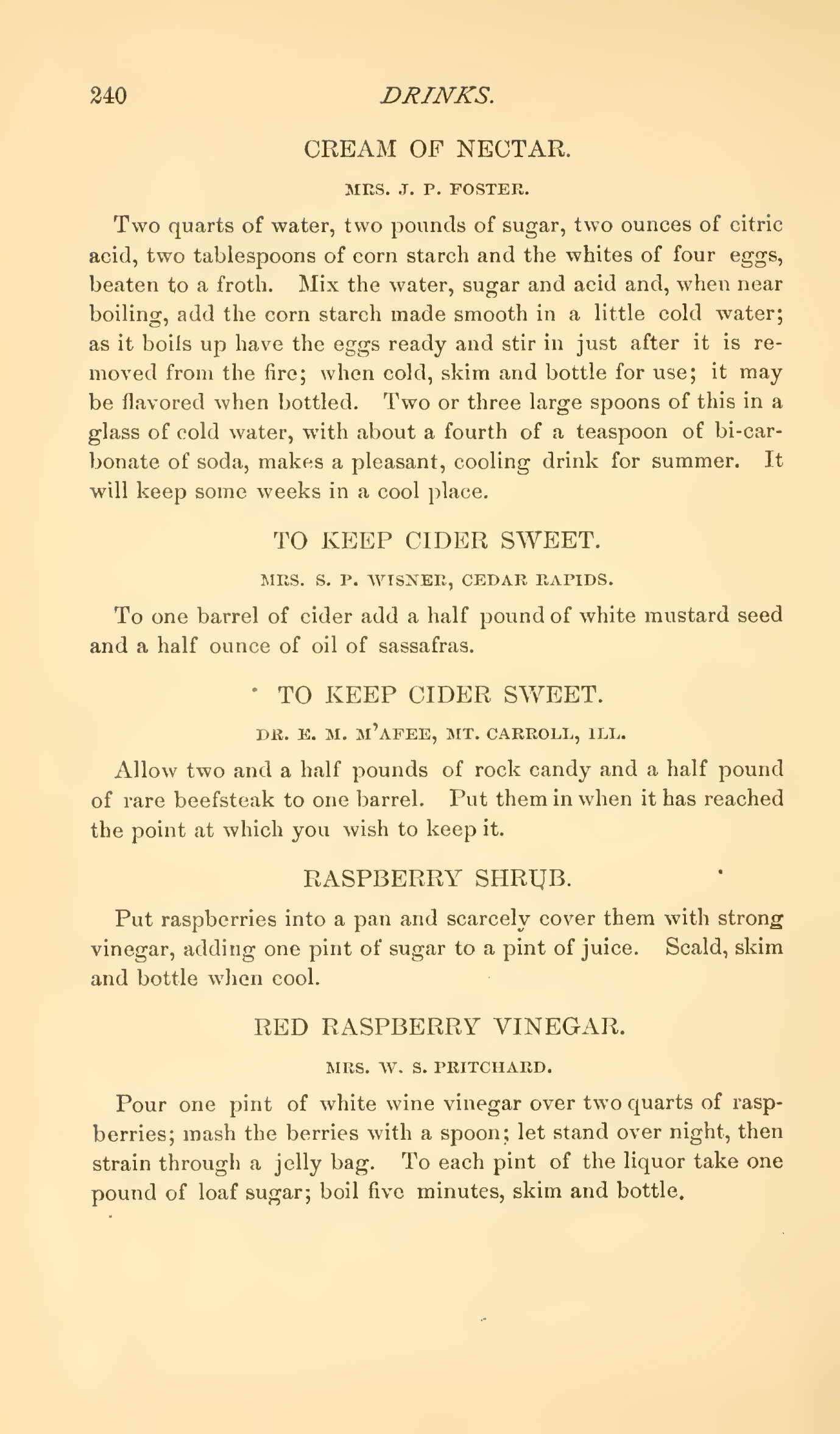How To Find And Get To Know Female Ancestors With Community Cookbooks
*This post may have affiliate links, which means I may receive commissions if you choose to purchase through links I provide (at no extra cost to you). All opinions remain my own.
In this post
The history of community cookbooks
How you can use community cookbooks for genealogy
I don’t know about you, but I love reading and collecting recipes and cookbooks.
And some of my favorites are community cookbooks.
I got into them before I even knew what they were through my mom, who is also a collector. She’s from Hawaii and had some vintage ones from when she lived there.
I visited Hawaii a lot when I was younger and love the food and culture, so when I found her vintage cookbooks, I was all over it.
One of my favorites is what I know now is a community cookbook that she gave to me, called Okinawan Cookery and Culture by Hui O Laulima, a club within the United Okinawan Association.
What’s so special to me is that it includes not only recipes, but a lot of information on Okinawan culture. There are chapters on topics like holidays, crafts, and even a sample menu from a restaurant in Okinawa.
Another thing I love about it is that it talks about the tradition of women’s hand tattoos. My mom is Okinawan and one of my great grandmothers had hand tattoos. It’s hard to locate information about this tradition, which has died out, so it’s great to see it included in this book.
How does this all relate to genealogy? These books are a surprising, lesser-used resource for researching women! And since we all have challenges researching at least one woman in our tree, the more possible resources we can use, the better, right?
Related posts:
How To Trace Women In Your Family Tree With Veterans’ Pension Records
How Probate Records Can Help You Find Your Female Ancestors
Can’t Find Your Women Ancestors? You Need To Try Using Religious Records
The history of community cookbooks
Community cookbooks are so much more than just recipes.
They came about as fundraisers by women in a community group they belonged to – religious, ethnic, political, or other – for a cause they wanted to support.
The first community recipe book in the US was A Poetical Cookbook, published in 1864. Created by Maria J. Moss, it raised money to help pay the medical costs of Union soldiers during the Civil War.
Their popularity soon exploded and by 1922, over 3000 had been published, supporting causes from women’s suffrage to building funds to hospitals and more.
The practice of making charity cookbooks has faded away, but some are still being created in a modern way. Two examples are We Are La Cocina, with recipes from the La Cocina entrepreneur incubator, and Together: Our Community Kitchen, which brought together women after the Grenfell Tower fire in London.
If you want to learn more about the history of fundraising cookbooks, check out Recipes for Reading: Community cookbooks, Stories, Histories and America's charitable cooks: A bibliography of fund-raising cookbooks published in the United States (1861-1915).
How charity cookbooks relate to genealogy
Community cookbooks, to me, are a way to learn more about the day-to-day lives of our female ancestors, and hopefully even discover a recipe or two that she contributed.
Women in the organization would provide recipes for the books and be credited for each one. These were often tried and true instructions handed down through the generations, like culinary family heirlooms.
While in older copies you’re more likely to see women using the names of their husbands, like Mrs. R. Brown, Jr., these listings can still be used for identifying women in your family tree.
You may even find a listing of contributors and the towns they lived in, like in this book.
Aside from potentially digging up your ancestor’s name, another benefit is you can learn more about the culture of the times from what’s included, like what people were eating, socioeconomic factors, and even local dialects.
For example, during the Depression, World War I, and World War II eras, you may see creativity in pulling together a meal to get around a shortage of ingredients.
Here are a few things you can learn about your female ancestor’s daily life from fundraising cookery books:
1) Housekeeping hints like those in The Erie Cook Book containing a large collection of recipes for domestic cookery, cooking for the sick, care of wardrobe, laundry and house plants, bills of fare for public and private parties, compiled by Laura C. Sterrett. This gives quite interesting tips for modern day readers, such as antidotes to poisons and how to sweeten rancid butter.
2) Social norms of the day, like the Massachusetts Woman's Christian Temperance Union Cuisine, A Compilation of Valuable Recipes Known to be Reliable, together with reports, constitution, by-laws, etc. by the Ladies of the M.W.C.T.U., which talks about the “disease” of intemperance.
3) Cultural traits of an ethnic group. As I mentioned earlier about my Okinawan cookbook, these books can also tell you about the culture and traditions of the ethnic group putting it together.
4) What technology and culinary tools they had access to and how it affected what they ate, like with this recipe for pasteurized milk from 1916. Pasteurized milk is of course the standard today, and at first, I was surprised to see these instructions until I learned that pasteurized milk didn’t become more widespread until the 1920s.
5) Which foods were more common and available in the place they lived. There are many regional books where you can see local tastes, like the New Orleans Cook Book by the Women’s Parsonage and Home Mission Society that includes 4 types of gumbo.
6) Changing tastes. You can start to see ethnic foods coming into play by the mid-1900s and even this early attempt at “chile renos” [chile rellenos] back in 1914 which also recommends stuffing them with sardines and mayonnaise dressing.
You can also happen upon fun, random tidbits like “Cooking a Husband” or “Recipe for an ideal club”.
And while some recipes in these are not for modern palates (ahem, pickled tongues and leeches as medicine), they’re still a fascinating glimpse into the types of foods our ancestors were eating, giving you an idea of the cultural norms and social history of the day.
Related posts:
Why Using City Directories Is Good For Your Genealogy Research
How to find community cookbooks
You can find community cookbooks online and in print pretty easily, but you may have to do some searching to uncover ones for the place your family lived.
Some online and offline places you can start to search for them are:
1) Internet Archive. Tip: don’t limit your search to only the “community cookbook” subject filter that comes up or you’ll miss a lot of them.
2) The Library of Congress has an excellent guide to these books, organized by both time and region.
3) HathiTrust is another great source for digitized versions.
4) The Feeding America collection at Michigan State University has some in their digitized collection of cookery books.
5) The local library. Some public library systems have put together digital collections.
6) eBay is another place to consider. These books are popular with collectors and there’s a lot of used ones on here. Some sellers have bundles of several copies in one listing.
7) Etsy is another online marketplace with many listings of them.
8) Secondhand shops and garage sales.
9) Your relatives! See if any grandparents, aunts, or other family members have any in their book collections.
Tip: If you know what organizations or church your female ancestors were involved in, you can seek out cookbooks put together by that group, like this one by an Eastern Star Chapter in Washington, DC.
Check out books from both the area and the time that the women in your tree lived to get the best picture of what her life was like and the foods she was making for her family. But many charity cookbooks from the general time period, no matter where they were from, will still give you a good sense of her culinary and housekeeping life.
Related posts:
12 Tips For Getting Back Focus And Motivation In Your Genealogy Research
Final thoughts
Community cookbooks are a fun way to possibly discover recipes your ancestor contributed to a fundraiser for an organization she was a part of.
They’re also a great way to learn more about their lives, like what they were cooking and what housekeeping tips they were following.
Have you used charity cookbooks before in your genealogy research? What are some of your favorites?
Did you enjoy this post? You can get resources just like this, delivered right to you in my weekly newsletter! Sign up below and get a free research log bundle, too!



